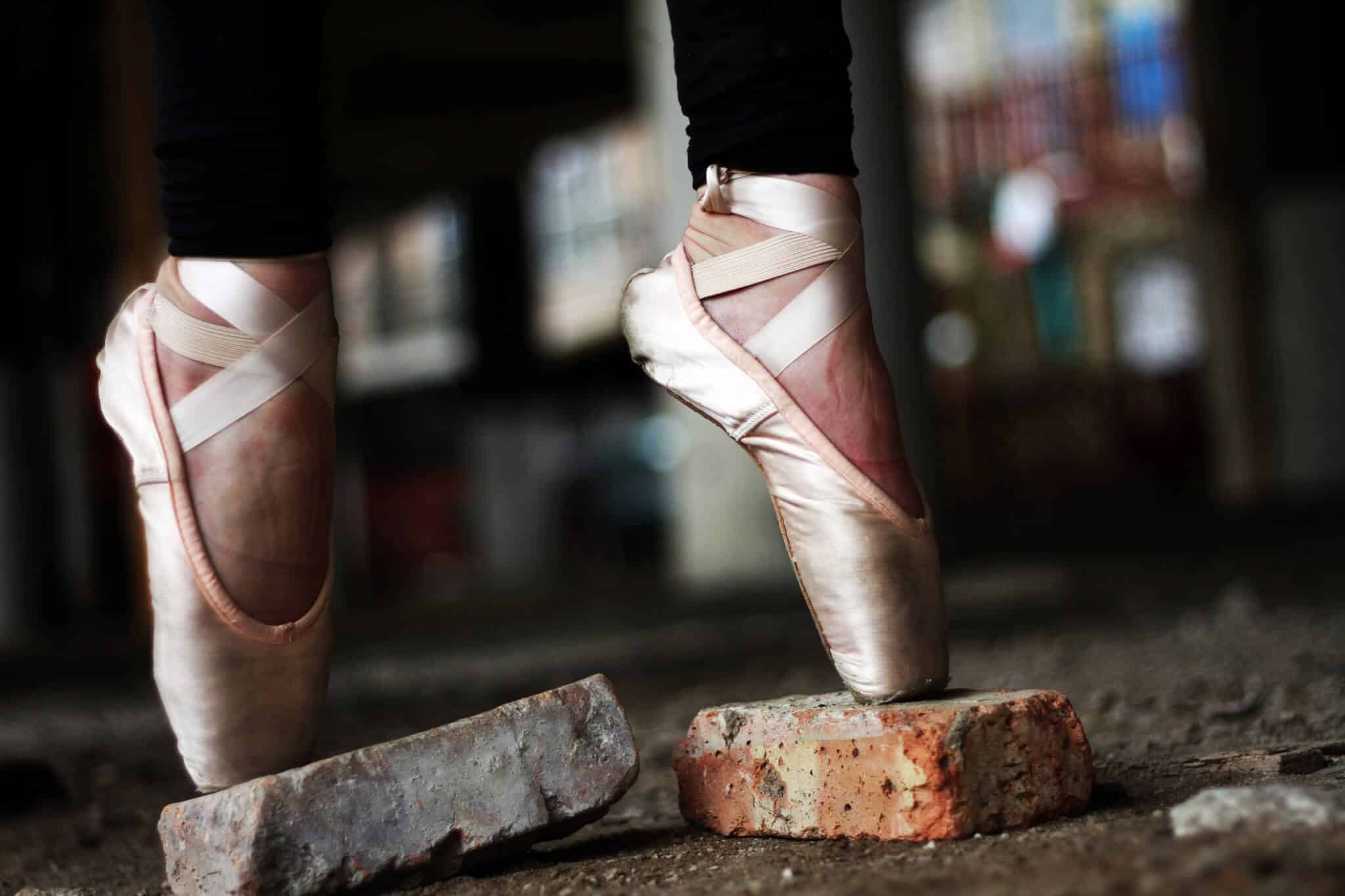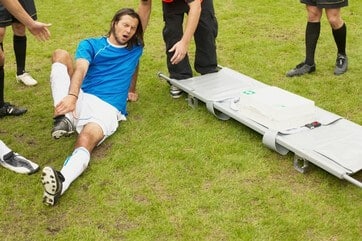Five Ways An Ankle Brace For Running Aids Injury Recovery
An ankle injury is just about the most devastating health issue for runners. It can be a notoriously persistent type of injury, and that’s before you stretch your joints to the limit as a runner. However, if you are a runner and have suffered from an ankle injury, hope is not lost. Below are five suggestions for runners looking to recover from an ankle injury. We also suggest the best ankle brace for running through each stage of recovery.
Focus on the Basics
With any ankle injury, it’s crucial to focus on the basics of the healing process immediately after an injury. This fundamental process follows the RICE method (rest, ice, compression, and elevation) to help reduce swelling and pain and speed the healing process. While this method can bring significant success in the first 1 to 2 days after an ankle injury, it’s also important to keep it in mind after this period, while also establishing the best route back to health. This will include consulting a doctor and building a plan to get back to running. The best ankle brace for running in the early stages of an ankle is one that keeps the ankle immobile to reduce the possibility of further injury.
Use An Ankle Brace For Running To Restore Range of Motion
This is the first step in a long process for runners, but it is a promising one. Beginning to restore range of motion means the swelling in the injured ankle has subsided and you can place weight on your ankle again. Restoring range of motion typically consists of using simple exercises. These may include pointing and flexing the injured foot while it is in an elevated position in order to strengthen the ankle and increase flexibility. Choosing the best ankle brace for running at this point in the healing process means choosing one that offers the flexibility needed to complete exercises while also maintaining the high level of protection that is sought immediately after the ankle injury.
Use A Stepping Stone
Although you may feel stronger after a few weeks of range-of-motion exercises, it’s important to not rush back to running right away. Use other activities to develop strength, stability and balance in the injured ankle as well as other parts of your body. This can include strength training focused on the upper body and light, low-body resistance training. Swimming is also a good alternative as it will not place weight on the ankle. Exercising anaerobically will boost your endorphins and help you maintain fitness. It will also boost the metabolism and increase circulation with no impact on the ankle. At this stage the best ankle brace for running would be a soft ankle brace or ankle sleeve that acts like a compressive sock to apply pressure to help support the ankle.
Build Up Your Ankle And Send Reinforcements
Once your ankle has recovered to the point at which it can bear weight comfortably and you’re at nearly full range of motion, it’s easy to let your guard down and let up on your recovery. Don’t fall into temptation. Focus on regaining ankle strength, especially if you frequently run or walk on uneven terrain. Isometric exercises are best. As an example, try exercises in which you push against resistance in a fixed range of motion. Once your ankle has become used to these exercises, you can start to use its range of motion against a resistance.
At this stage in your recovery the best ankle brace for running is a soft ankle wrap (or athletic tape). The key is to use one that gives you a healthy dose of compression but allows for maximum flexibility.
Run Smarter
Once your ankle’s range of motion and strength have returned, you should start on activities like cycling and swimming that avoid impact on the joint.
The penultimate stage of your recovery should focus on weight-bearing exercises and walking on predictable surfaces. A good example of this would be walking on a treadmill.
In the final recovery stage, you can combine short runs with your resistance and other forms of exercise (cross-training). It is important to allow the ankle all the time it needs to regain range of motion and strength before you start to run on it. When you do start running again, be careful to do so for only limited periods at a time. Don’t forget to frequently monitor the health of your ankle. In addition, tailor your runs accordingly and maintain a routine of strengthening exercises.







